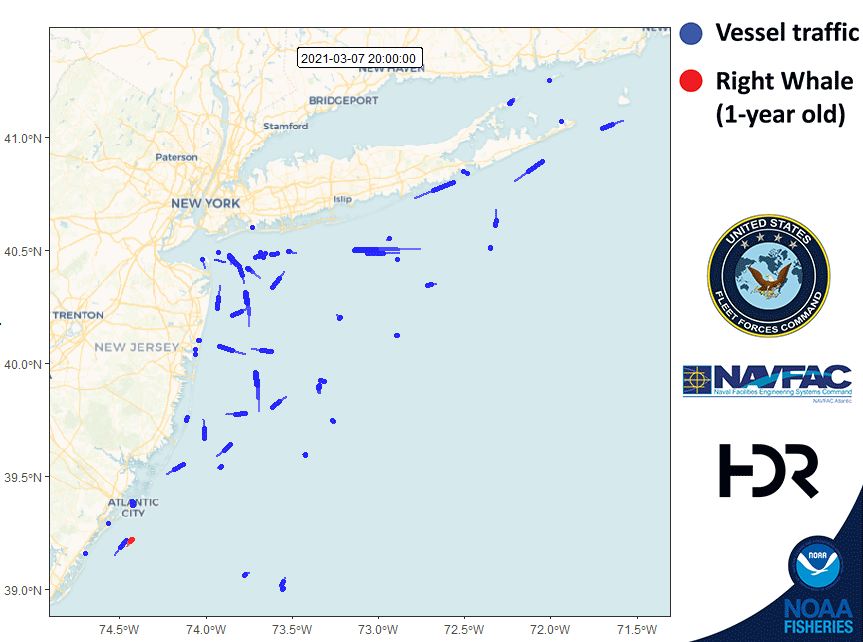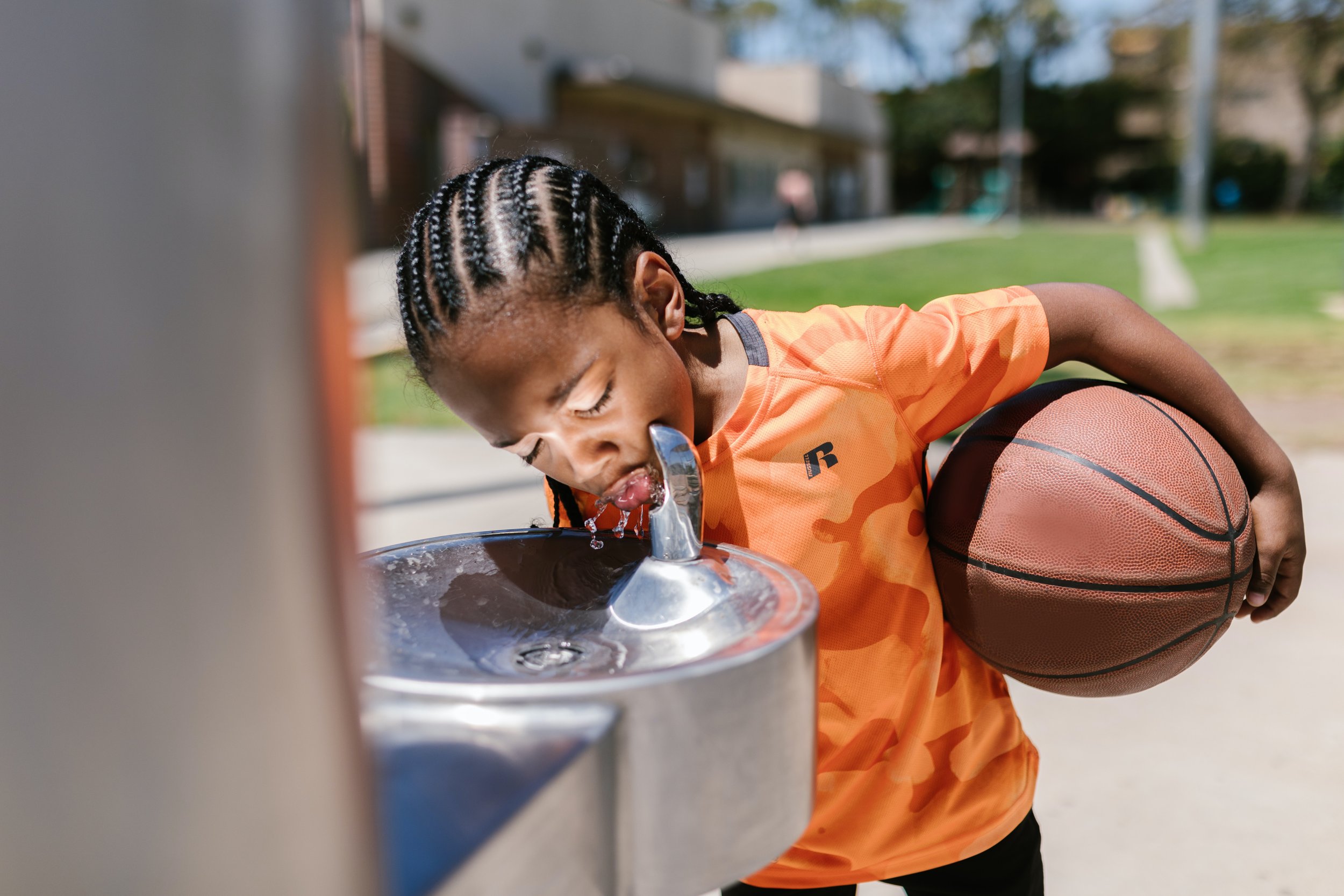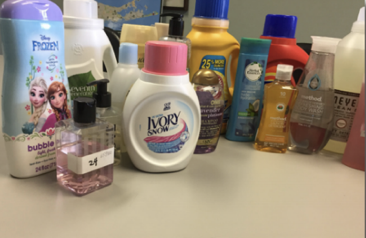Opponents of offshore wind have wrongly blamed the renewable energy for recent whale strandings and deaths. Wind turbines do not cause whale deaths!
Here are the facts:
In 2017 the National Ocean and Atmospheric Administration (NOAA) declared an “unusual whale mortality event” for whales. This designation was based on data that showed a steep increase in deceased whales in 2016 and 2017 washing up on America’s shores. This event began prior to offshore wind siting in the US. Misinformation about a connection between offshore wind development harming whales is simply wrong. This misconception is not based on scientific facts.
Wind surveys do not kill whales
When NOAA declared an unusual whale mortality event in 2017 there was no offshore wind project approved in NY or NJ and it was long before offshore wind survey work was conducted. A second misconception is that offshore wind survey work requires the same exploratory equipment as natural gas and oil companies. This is simply not true. Oil and gas exploration requires seismic air guns that penetrate deep into the sea floor. Seismic air guns create one of the loudest man-made sounds in the ocean that damages marine life, including whales. The sound can travel several miles through the ocean at 220-250 decibels. Blasts are repeated as often as every 10 seconds for days and weeks.
Offshore wind surveying uses sound waves known as High Resolution Geophysical (HRG). These surveys use higher frequencies than those used in seismic air guns and image smaller structures with a high level of detail. Additionally, most of the equipment for these surveys cannot be heard by humpback whales. According to the Bureau of Ocean and Energy Management “physical attributes of HRG sources-such as beamwidth, exposure duration, and frequency – make them significantly unlikely to result in harm of marine mammals.”
So what is causing the whale deaths?
Scientists are working to understand the cause of increased whale strandings. The two most common species impacted are Minke Whales and Humpback whales. When whales die, they undergo what is called a necropsy to determine the cause of death. These procedures are challenging when dealing with a 25-ton marine mammal, many of which are in various stages of decomposition. Scientists tell us that Minke Whales are showing signs of infection around the heart area, and 40% of Humpback whales are showing clear signs of ship strikes. Another cause of death is entanglement with commercial fishing gear which weighs down whales, decreases their mobility, and results in a diminished ability to feed.
Many scientists believe that whales are here in greater numbers due to changing water temperatures and an increase in bait fish off our shores. The bait fish are a beloved food source for whales, but this food source may be leading whales into shipping lanes making them vulnerable to ship strikes. Also, according to the Port Authority there had been a 35% increase in ships from 2019 into New York Harbor, adding another serious threat to whales.
How do we protect whales?
We know that ship strikes, along with commercial fishing are a real threat to whales. Over 20 environmental groups have called on Congress to allocate $20 million for better whale monitoring, which would help decrease ship strikes, and to fund marine mammal response and necropsy efforts.
One of the greatest threats to not only whales but all wildlife and our oceans is climate change. Warming temperatures, ocean acidification, changing food webs, and altered migration and feeding habits put whales at greater risk. One thing we can do locally is support the transition off fossil fuels and towards renewable energy, which will decrease local ocean acidification in our local waterways, protect local marine species and fisheries, and help combat global climate change. Offshore wind is the solution, not the problem.
If you want more information, check out:
Lunch and Learn: Whale Tales and Whale Facts, click here.
Offshore Wind & Whale Protection factsheet, click here.
Understanding Ocean Sounds & Whales factsheet, click here.
Fight Climate Change with Offshore Wind factsheet, click here.
Offshore Wind Future, Long Beach Herald. July, 2023, click here.
Sincerely,
All of us at CCE























